At some point, every car requires new tires. Since you want to budget accordingly, it’s important to know how much does it cost to replace your tires?
In this guide, we cover the varying factors that influence the new tire price. We also give you a few tips that may help you save some money.
How Much Do New Tires Cost?A new set of four tires will usually cost you between $400 and $1500, depending on the type of tire, vehicle, quality and where you get them installed. If you choose cheap tires, you may be able to spend $50 each, but on some vehicle types, you can easily spend $1500 or more on a new set of tires.
Now that we have the quick answer to the general cost of new tires, let’s take a closer look at the factors that affect the cost.
Factors Affecting Cost to Replace Your Tires1. Tire SizeThe biggest factor affecting your expense will be the size of the tire you need. You can find tires in all sizes, meant for a multitude of purposes. If you have a compact car, you will have the cheapest tires available, maybe even $50 each.
Of course, high-performance cars, large pickup trucks, specialty off-road vehicles, and SUVs will naturally cost more. A good rule of thumb is that the larger the tire is, the more you can expect to pay for it.
2. BrandThere are just as many tire brands as there are sizes. Many tire shops specialize in one budget brand and carry a multitude of name brands.
You will spend far less to go with the no-name brand, but you need to think about the quality. After all, if you save money today by choosing this brand, does it really pay off if you have to replace the tires again prematurely? You may also get a much longer mileage warranty with quality tires, than with inexpensive tires.
If you choose a premium tire brand such as Michelin, Continental, Goodyear, Bridgestone, you will of course pay much more, but you know that you will get quality tires that last a long time and keep your vehicle on the road.
RELATED: 6 Worst Tire Brands to Avoid Buying
3. Installation CostMost tire shops do not make a lot of money on the tire installation. The job itself doesn’t take long and the price can often be included with the cost of the tires.
On average, you can expect most shops to tack on about $20-$40 per tire for the installation. However, if you visit a warehouse club, that expense could be even less.
4. Tire DisposalYou don’t get to leave your old tires with the shop without paying a price. These shops must pay to have them recycled, so that cost gets passed down to you.
On average, the tire disposal fees will be between $2 and $10 per tire to dispose of them. If you would rather save this money, you can get rid of them yourself.
5. Road Hazard/Warranty ProtectionOn top of the regular price paid for your tires, you may choose to add some extra warranty protection. With road hazard protection, you are covered if your tires get a hole or blow out.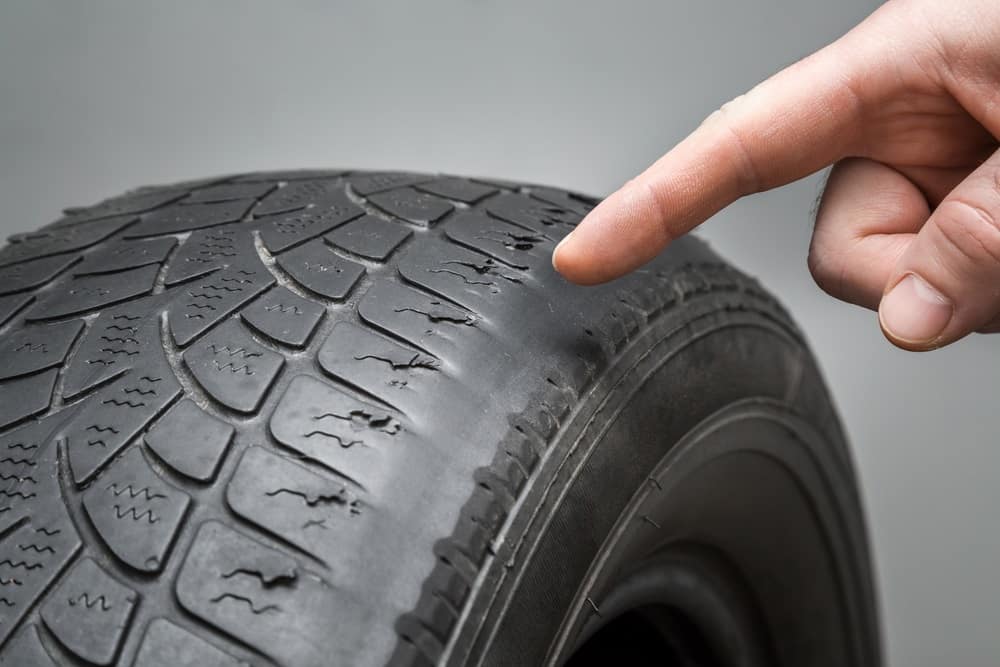
However, you must be careful who you choose to get road hazard through. Not all companies are going to follow through on the agreement, leaving you paying for protection that doesn’t matter when something actually goes wrong.
6. Wheel AlignmentWhen your new tires are installed, you will need to get a wheel alignment. Having properly aligned tires ensures that they last as long as possible.
You might pay between $75 and $200 to have the wheels aligned, depending on how many need to be done. However, this money can be seen as an investment, ensuring that your tires continue to provide reliable transportation.
How to Save Money on Tires1. Shop AroundThe most important factor is shopping around. You can call one location and get a price on a particular set of tires and the cost is completely different somewhere else, even though they are the same tires.
When you are shopping around, keep a couple of costs in mind. You will have the cost of the tires, the cost of installation and any fees that the company charges. Ask for the “out the door” price, so you can compare it apples-to-apples.
You will have the cost of the tires, the cost of installation and any fees that the company charges. Ask for the “out the door” price, so you can compare it apples-to-apples.
RELATED: How Much Do Rims Cost?
2. Watch for SalesYou can get a great deal if you shop during a sale. Of course, it’s not always convenient to wait for the next sale, but if you have some time before the tires need to be changed, this is a great way to save.
Throughout the year, tire shops will offer various sales. You can take advantage of a Buy 3, Get 1 Free deal or enjoy a certain percentage off. Most tire sales correspond with holidays, so you can tell when one might be around the corner.
3. Take Advantage of RebatesTire shops don’t often make a whole lot on the tire, so discounts can be limited. However, the manufacturers are happy to offer rebates throughout the year.
Most of the rebates are through the mail but can be found online. Additionally, the tire shops have the inside scoop on what’s available, so be sure to ask.
Additionally, the tire shops have the inside scoop on what’s available, so be sure to ask.
It’s not always wise to purchase used tires, but the takeoff is something entirely different. These tires were installed brand-new and only used for a couple of days before the customer decided they didn’t want them.
It could be that the client didn’t appreciate the ride or simply decided they wanted something better. Either way, the tire shop will offer the replacement tires at a discounted price, so be sure to ask what’s available, especially if you use a popular tire size.
5. Use All-Season TiresIf you live in a cold climate where a lot of snow falls, you might have two sets of tires. Most people in these regions use summer and winter tires. With two sets of tires, you have a lot more money out, especially every time you need to have them switched.
If you aren’t actually driving in the snow, it might be better to use all-season tires throughout the year. While these aren’t going to get you through deep snow, there’s no sense spending more for something you don’t need. Evaluate your options and see if you can stick to using one set all year long.
While these aren’t going to get you through deep snow, there’s no sense spending more for something you don’t need. Evaluate your options and see if you can stick to using one set all year long.
RELATED: 10 Best All-Season Tires – Review & Buyer’s Guide
The lifespan of a tire will depend on the type of tire, the type of driving you do, and the climate. Generally, tires last between 50,000 and 80,000 miles and 6 years. If you drive a lot in city traffic and brake a lot or live in a hot climate, your tires may wear out sooner. If you often drive around with low tire pressure or a bad wheel alignment, they may also wear down sooner.
If your tire tread depth is close to 2/32” or under, it’s definitely time to replace them. Most tire manufacturers recommend replacing tires every 6 years, regardless of the number of miles driven. This is because tire rubber degrades over time, even if the tires are not used. Tires that are more than 6 years old should be inspected by a professional to determine if they are safe to use.
Tires that are more than 6 years old should be inspected by a professional to determine if they are safe to use.
If your car is two-wheel-drive, it’s fine to replace two tires on the same axle instead of four, although you need to consider that your car will handle differently with two new tires than with four. If you are replacing two tires, it is best to put the new or best tires on the rear axle, as this will improve traction and stability.
On many 4WD and AWD cars, however, the diameter of the tires must match, otherwise, you can damage the transmission or the differential. Therefore, it is recommended to replace all four tires on 4WD cars, and it’s a requirement for many car brands like BMW and Audi.
You need to read the tire dimensions on your old tires and take them to the tire shop. You can also call your authorized dealer or check your owner’s manual if the wheels are stock.
Was this article helpful?
YesNo
Most people get nervous when it’s time to get a new set of tires. You know tires aren’t cheap, but just how much can they cost? And it doesn’t stop here: there are additional service costs, tire disposal fees, installation costs, and road hazard warranty, all of which can make a significant dent in your wallet.
The average cost of tires and installation for economy and sedan cars ranges from $50 to about $75. For sports cars and SUVs, the price jumps significantly to somewhere between $100 and $300 a piece and can even go higher sometimes.
I’ll take you through the process of tire change, balancing, and installation in the next segment of this article. This will help you better understand what goes into a tire change and why professionals charge so much for the service.
» QUICK NAVIGATION «
The price for new tires and installation has changed over the years. Tires have become more complicated, and the automotive industry regulations are changing rapidly. The discontinuation of lead wheel weights, the adoption of improved tire pressure monitoring systems, and the craving for larger stylish rims have made the process even more complicated and pricey.
Tires have become more complicated, and the automotive industry regulations are changing rapidly. The discontinuation of lead wheel weights, the adoption of improved tire pressure monitoring systems, and the craving for larger stylish rims have made the process even more complicated and pricey.
You can’t install economy or sedan car tires on a sports vehicle, nor can you install SUV tires in a pick-up truck. Based on a car’s rim size, suspension system, and volume, you’ll have to look for specifically sized tires. Moreover, manufacturers recommend specific tire sizes and types, and you should stick to their recommendations if you want to avoid causing severe damage to your car. Remember, each tire size and type has its price tag.
Your best bet in estimating how much the tires and installation will cost would be to contact your mechanic with your exact tire size and type for a price estimate. But what entails the entire tire installation service? And how much does each process cost?
Once you’ve determined that it’s time for new tires, you’ll want to know the correct tire size for your car.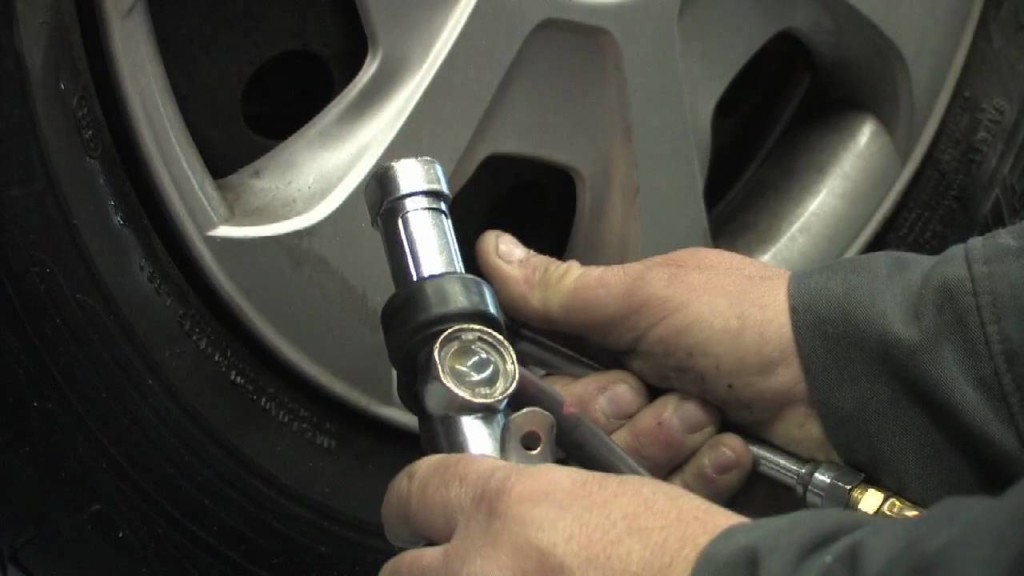 You can check your car’s door jamb for tire size information in the car’s manual. Ensuring your tire replacements match the manufacturer’s instructions requires your understanding of how tire size works. The string of numbers you rarely pay attention to on your tires contains tire size information.
You can check your car’s door jamb for tire size information in the car’s manual. Ensuring your tire replacements match the manufacturer’s instructions requires your understanding of how tire size works. The string of numbers you rarely pay attention to on your tires contains tire size information.
Assume the string of numbers and letters on your tire walls is P 225/70R16 91S. Each of these numbers and letters stand for the following:
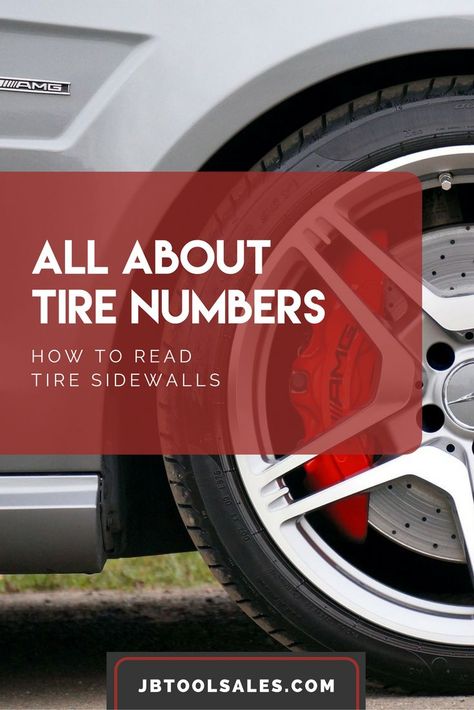 R stands for radial. Others include D and B for Diagonal and Bias Ply, respectively, but Radial construction is the most common in the US.
R stands for radial. Others include D and B for Diagonal and Bias Ply, respectively, but Radial construction is the most common in the US.If you want to change your tire size and type, consult an expert for advice. As you’ve already seen, different tire options have varying load capacities and require different rim widths and diameters.
Of course, I don’t want to delve deeper into the science of tires, so I’ll only focus on the cost aspect: different tire sizes and types will be priced differently.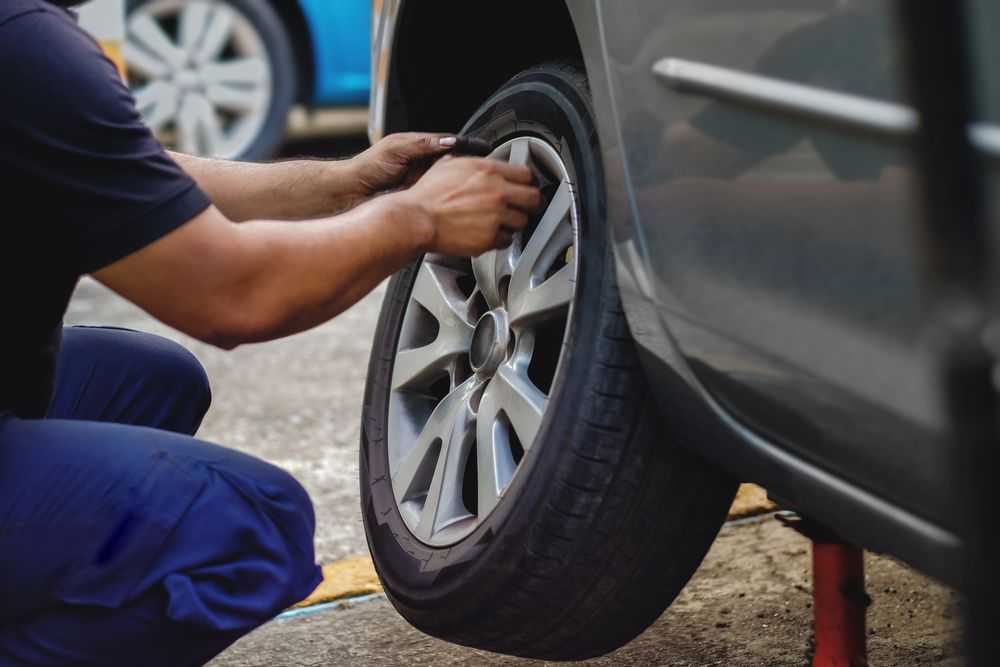
Below is a table giving cost estimates of the different tire types and sizes:
| Wheel size | All-Season (Average Price) | All-Terrain (Average Price) |
| Small (12”-15”) | $50-$150 a piece | _ |
| Medium (16”-20”) | $100-$250) a piece | $150-$250 |
| Large (18”-26”) | $150-$400 a piece | $200-$1000 |
Regular tire mounting cost is no different across various automotive repair shops.
A professional tire installation service entails professional mounting, installation, and wheel balancing. Proper wheel balancing guarantees optimum tire life and your car’s safety. Incorrectly balanced tires cause unpleasant vibrations and make your tires and suspension wear prematurely.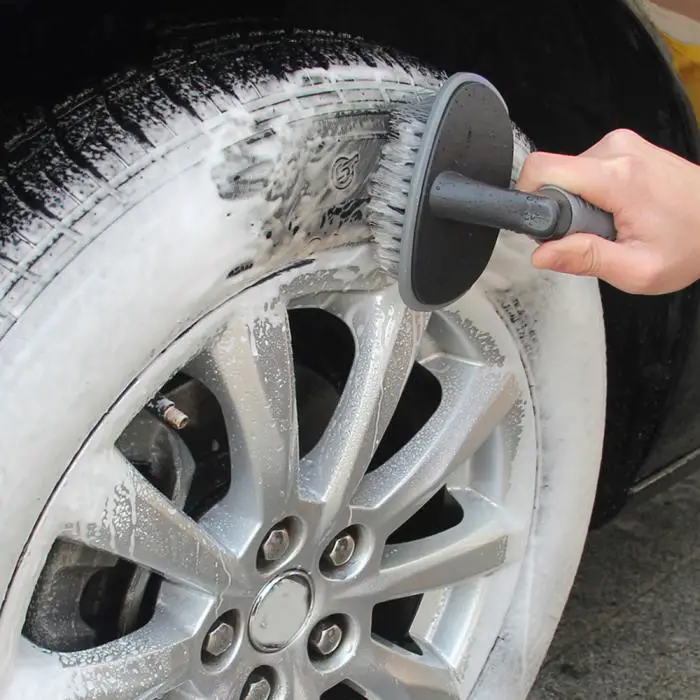
You may also like to check: How Much Does Walmart Charge for Tire Installation?
When you take your car into an auto repair shop, the mechanic starts by unscrewing the wheels from your car. At this point, the mechanic can quickly inspect your brake and suspension systems, but this shouldn’t replace full brakes and suspension system inspections.
The technician should also inspect the condition of the wheel studs and lug nuts to ensure that the wheel is secured safely and firmly. You shouldn’t pay for this; it’s part of the installation.
Once the technician removes the wheel, the next step should be to remove the tire from the wheel (rim). Specialized equipment is needed. The process isn’t for the hands of your regular home mechanic.
First, the technician removes balancing weights and the valve system to deflate the tires. Next, the mounting machine presses the tire out of the wheel, and the mechanic pulls and pries at the tire to carefully detach it from the rim.
The mechanic inspects the wheel for potential damage and cleans it of dirt and debris. Defects to the wheel may affect how well it bonds with the tire and how it will balance when mounted back to the car. The mechanic should also thoroughly clean bead areas where the tire touches the rim.
Newer car models feature a tire pressure monitoring system to keep tabs on air pressure in the tires. The technician should inspect and service the TPMS sensors with new seals for smooth operation. Check whether the TPMS serving cost is included in the installation fee. If not, the TPMS service kit should cost $5-$10 per wheel.
Sometimes the sensors will be faulty and will need replacing. In most cases, TPMS sensor replacement cost isn’t included in the installation fee. TPMS pressure sensors’ cost ranges from $50-$250, depending on your car model.
The technician will then use a tire mounting machine to press the tire bead over the rim, replace the valves, inflate the tire, and check for leaks. The technician should be careful not to damage the TPMS sensors.
The technician should be careful not to damage the TPMS sensors.
Imbalanced wheels impact your driving experience by causing excessive vibrations, accelerating tire wear, and causing possible damage to the undertrain or suspension system.
The next (and one of the most important steps) is wheel balancing. The technician will use a tire assembly balancing machine to spin the assembly at high speed to detect heavy spots. The machine will pause the spin at the exact spot where weights are needed to balance the wheel. The mechanic will repeat the process until the whole tire assembly is balanced.
Again you should check whether the wheel balancing cost is included in the installation fee. Some repair shops offer a complete package, which is higher than the standard wheel installation cost, and some don’t. Depending on your location and car, you can expect to pay between $40 and $75 for balancing all four wheels.
The technician will then mount each wheel assembly back to the car and torque the lug nuts to the correct tightness. This process is naturally included in the service fee, and you shouldn’t be expected to pay anything extra. While still on the service bay lift, you can request wheel alignment.
This process is naturally included in the service fee, and you shouldn’t be expected to pay anything extra. While still on the service bay lift, you can request wheel alignment.
The technician may also recommend an alignment. Wheel alignment, also known as breaking or tracking, is standard automobile maintenance that involves adjusting the vehicle’s wheel angles back to the automaker’s specifications. Wheels’ alignment angle refers to the wheel’s angle to each other and the vehicle’s body.
Misaligned wheels cause unnecessary wear to the steering, brakes, tires, and suspension. Aligning your wheels will improve the vehicle’s stability, maximize tire life, and improve car handling performance.
It would be best to have your wheels aligned every 6000 miles (10,000 km) or when you start feeling changes in the driving experience or ability to handle the car.
If you lost track of your alignment schedule, make sure you align your wheels if you experience the following:
If wheel alignment isn’t part of the installation package, you can request for the same or if the mechanic sees it fit.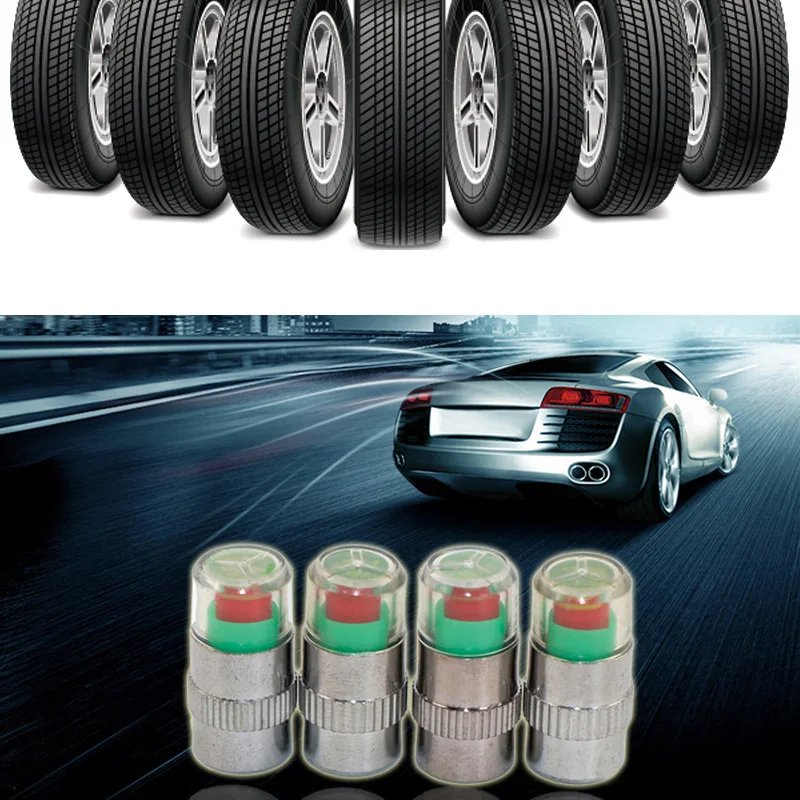
The cost of front-end alignment, which typically involves the two front wheels only, can cost anywhere from $50 to $75. All-wheel alignment costs more, typically from $100 to $150. You can expect to dig your pockets deeper if you own a luxury car.
This Youtube video explains the difference between wheel balancing, rotation, and alignment.
After rechecking everything, the mechanic will lower your car from the lift. Once on the ground, the technician can use a torque wrench to recheck the lug nuts’ tightness to ensure the wheels are stable and firmly fixed as they should be.
Moreover, the tire pressure should be set to correct levels as recommended by the manufacturer on the tires’ placard.
Tire retailers offer a road-hazard warranty to cover you with prorated discounts if your tire is damaged. The warranty comes for a small fee, which might or might not be included in the installation cost.
On the other hand, tire manufacturers offer mileage warranties to guarantee that you won’t have to replace the tires before a specific mileage. Typical mile range is 20,000-80,000 miles.
In return, you must align your wheels regularly and perform rotational maintenance so that the tires don’t wear out prematurely. High-mileage warranty will cost more but will be beneficial if you drive a lot. However, not all tire makers offer mileage warranties, so you’ll want to ask about this when choosing the make of your tire replacement.
Tires are hazardous waste, and disposing of your worn-out tires will cost you anywhere from $2 to $6. The cost varies depending on whether you dump them off at a recycling facility or pay a tire dealer to dump them for you. You can also generously donate them to someone who needs them.
You can also generously donate them to someone who needs them.
Your busy schedules shouldn’t stop you from checking your tires thoroughly for wear and damage. But how would you know they need replacing?
You can try this Steelman Digital Tire Tread Gauge available on Amazon.com. It reads tread depths from 0-25mm or 0-1 inch.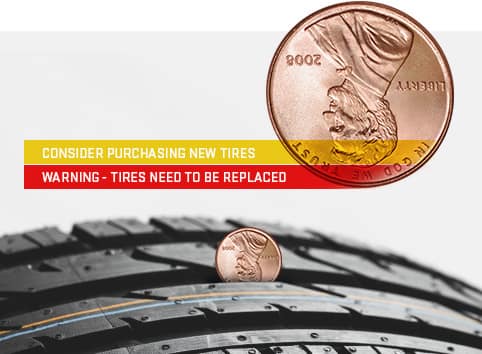
A lot goes into maintaining a car, and taking care of your tires is an essential part of the process. They are the components that carry the vehicle and are thus prone to wear and damage.
Replacing tires costs money, as does maintaining your car’s suspension system. The cost of replacing and installing new tires will depend on your car’s tire size and type. And, of course, your car model matters too.
RELATED POSTS:
SHARE ON:
Consumer disputes over the age of tires have not subsided for several seasons.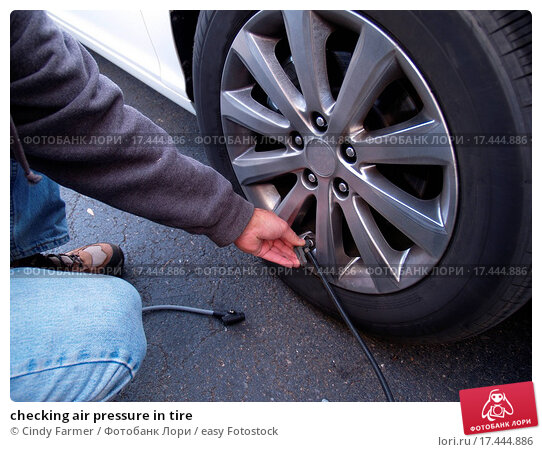 Buyers are excited that the warranty period for tires is limited to 5-6 years according to GOST, and after the expiration of this period, the rubber becomes unusable.
Buyers are excited that the warranty period for tires is limited to 5-6 years according to GOST, and after the expiration of this period, the rubber becomes unusable.
Is this really the case, read this article.
Manufacturers of most brands on their products set Shelf life is 5 years and service life is also 5 years .
The shelf life of a tire is the period during which it retains its performance when properly stored.
The end of this period does not mean that the tires have become unusable . A shelf life of 5 years is given by manufacturers because, by law, they cannot set a shelf life higher than the service life. Tires over 5 years of storage cannot be called damaged or defective, their technical characteristics may be slightly reduced. American researchers argue that the period of storage of "shoes" must be at least 10 years. Experts from Germany are sure that it cannot exceed 6 years.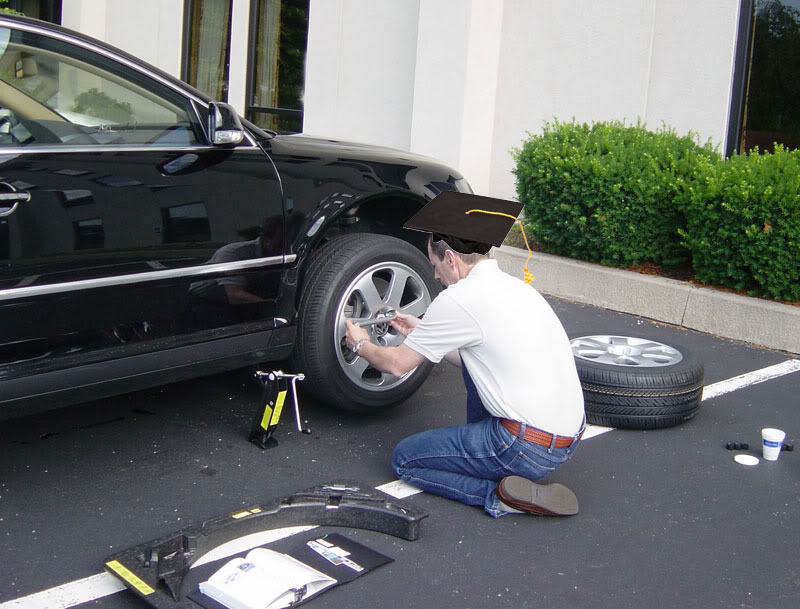
The expiration date of tires is the warranty period during which the manufacturer is responsible for the quality and condition of the tire if it was used for its intended purpose without violating the operating rules.
According to Russian legislation (GOST 5513, GOST 4754-97) , the service life of tires is 5 years from the date of manufacture.
How can I find out the date of manufacture of tires?
You can find out the age of tires by a special DOT code. Tires manufactured after 2000 in the DOT code contain two pairs of numbers, where the first pair indicates the week number of the year, and the second pair indicates the year. Earlier tires before 2000 have 3 numbers in their composition, where the first two digits are the week number, and the last one is the year (see the transcript in the photo).
Determination of the average shelf life of a tire according to GOST and operating conditions.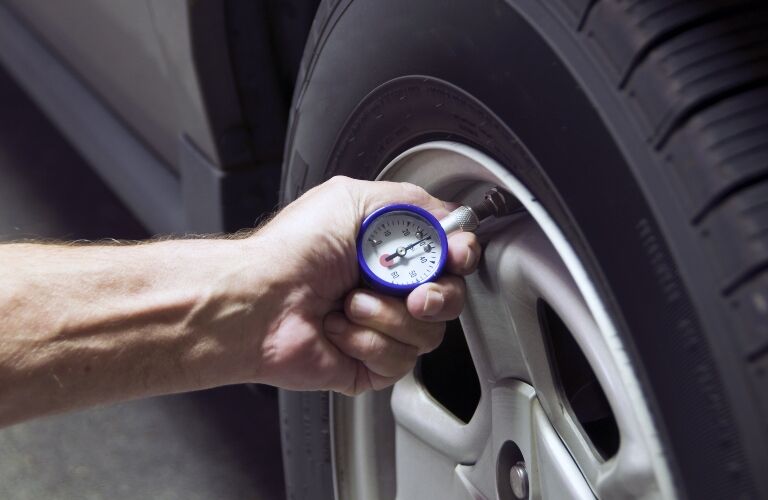
- The symbol ZR denotes tires for high-speed cars. They are recommended to be used at speeds over 240 km/h. up to 6 years
- Tires with the H symbol are used at a maximum speed of 210 km/h. within 5 years.
- The sign S symbolizes the maximum permissible speed of 180 km/h. and operational period of 4-5 years.
Most tire manufacturers do not agree that tire life is limited to 5 years. Each company has its own opinion on this matter. We analyzed several of them and the information they posted on their official websites.
Michelin
The French tire manufacturer Michelin has become famous for its active fight against the perception of the rapid aging of tires as a perishable product. Her information campaign "Tires Are Not Bananas" created a lot of noise in the automotive environment. According to the representative office, several test trials were carried out in Saudi Arabia, South Korea and Germany.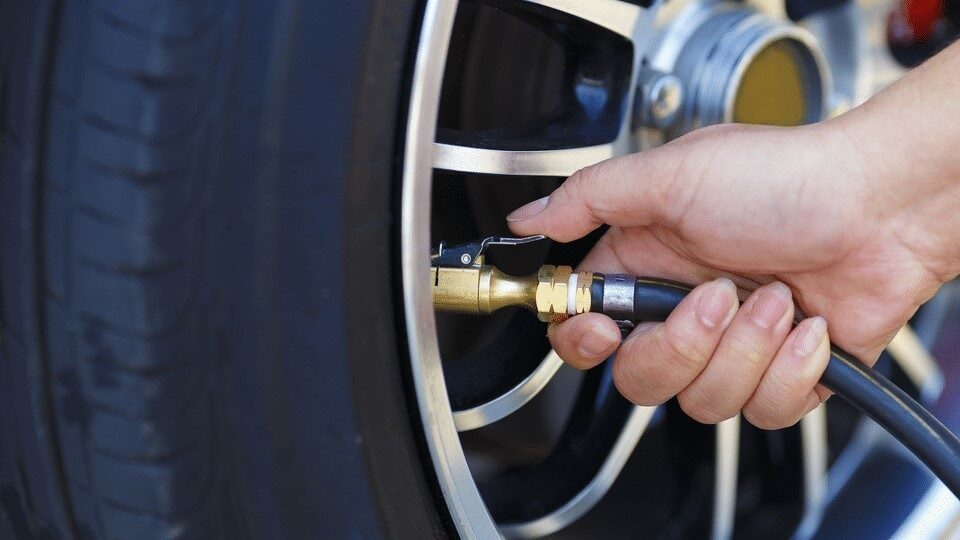 As a result of testing, no difference was found between new tires and tires stored for 3 years. They were tested for various characteristics such as rolling resistance, high speed durability, etc. Tires with a year life were approximately equal in performance to 10-year unused tyres.
As a result of testing, no difference was found between new tires and tires stored for 3 years. They were tested for various characteristics such as rolling resistance, high speed durability, etc. Tires with a year life were approximately equal in performance to 10-year unused tyres.
Michelin focuses the attention of car owners on the fact that tires are not a perishable product, their shelf life is not as important as the service life is important, starting from the date the tires are installed on the rims. It is from this moment that the tire is subjected to all tests: pressure, temperature changes, wear, contact with uneven and sharp coatings, etc.
Continental
On the Russian official website of Continental, we found the following information on the expiration dates of tires.
“When a tire is stored in the correct position and under the recommended conditions, it will not lose its original balanced performance for 5 years from the date of manufacture of the tire.
A properly maintained, unused tire less than 5 years old can be sold as a new tire and used normally.
Continental recommends replacing all tires (including spares) with a sidewall date greater than 10 years.
Nokian
The following information is posted on the Nokian official website:
“Tire life is not defined by law, but tires can only be considered “new” if they have been manufactured within the last five years. The recommended service life of tires is six years and the recommended maximum period is 10 years.
The opinion of our specialists, based on many years of experience, coincides with the opinion of manufacturers: the shelf life is 5 years + the service life is up to 10 years. Moreover, more "adult" tires, in our opinion, are of better quality.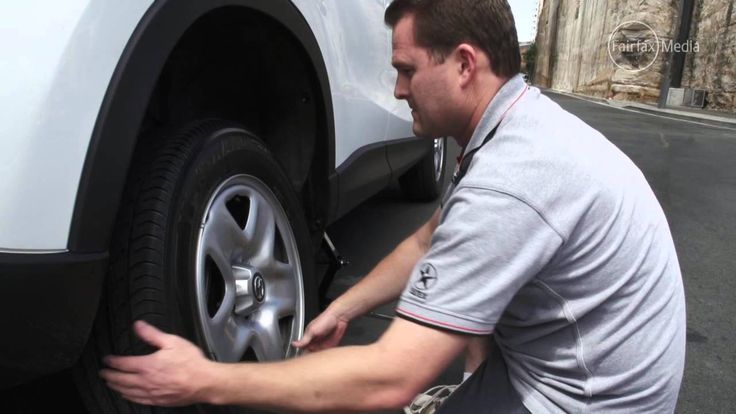
To keep tires as long as possible, they are stored in compliance with all rules and recommendations. The main condition is a cool, ventilated, darkened room away from oils, paints, ozone, and heat sources.
Rubber products tend to lose their performance over the years. To prevent and slow down this process, manufacturers add polymers to the rubber compound. They prevent oxidative processes that occur due to the interaction of protectors with oxygen and ozone.
The following are the main conditions for the proper storage of tires in accordance with GOST 24779-81:
Maintaining a constant regime without sudden jumps, slight temperature fluctuations from -30°С to +35°С are allowed;
Provide a low humidity level of 50-80% in a dry, ventilated cool room;
Avoid direct sunlight, use darkened hangars, shield heat sources;
Keep away from sources of heat;
Tires should not come into contact with corrosive, copper materials.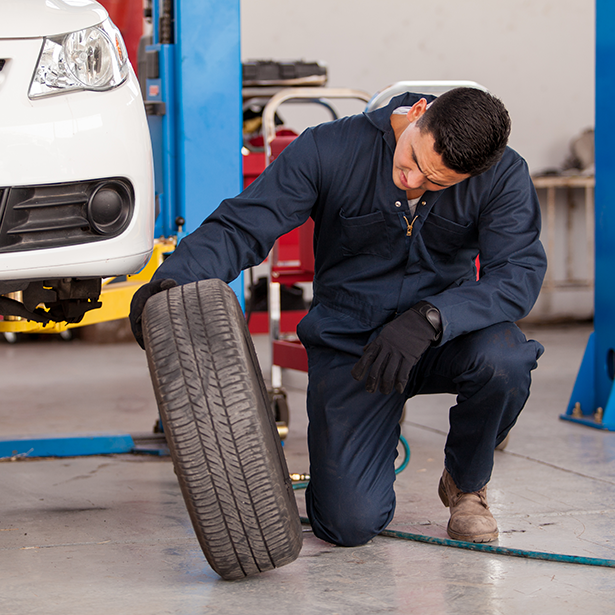
Avoid kinking, loading or positioning on an uneven surface.
Avoid contact with oils, organic solvents, acids, alkalis, fuels and lubricants on the tire surface. It is forbidden to lay tires on a wet and dirty surface.
In the warm season, when storing tires outside, they should be covered with light-tight material and raised above ground level to ensure ventilation and prevent the occurrence of the greenhouse effect.
Storage on reflective, light and heat absorbing surfaces is prohibited.
Keep away from chemicals, oils, paints, open flames, electric motors that produce ozone.
Used tires must be washed and dried.
Tires without rims should be stored upright.
The service life depends on many factors: the load on the car, the quality of the roads, the driving style, the distance traveled, tire damage, etc.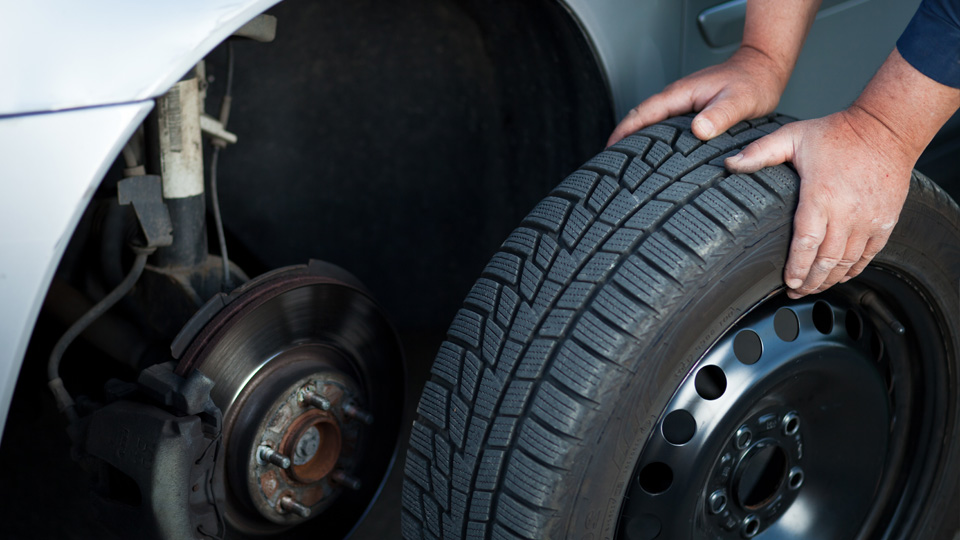 To increase their service life, follow these rules:
To increase their service life, follow these rules:
Check tire pressure every 2-3 weeks. With reduced pressure, tire wear increases by the equivalent of a % reduction. For example, a 15% reduction in pressure can result in a 15% reduction in service life. Inflated tires are less scary.
The wear of the front tires is always significantly higher than the rear ones, so it is recommended to swap them after some time, carefully watching the direction of the tread pattern and the direction of rotation.
Proper alignment of tires in relation to rims. If the direction is not the same, then performance is significantly reduced.
To prevent damage to the sidewalls of tires, avoid close proximity to curbs and high ledges.
Wash off dirt from the surface of the rubber and from deep grooves with special cleaning agents.
Adhere to an even driving style without harsh brakes and quick starts.
Do not overload the car beyond the norm. 20% excess weight leads to a 30% loss of tire life.
Keep the wheels balanced and check the alignment angles annually.
The main condition for a long tire life is:
- high quality products,
- careful operation,
- proper storage of tires in the off-season,
- timely diagnosis.
The age of tires in standard storage is a minor non-determining factor that should not be taken into account when buying them.
Previous article Next article0001
Think about the purchase of a worm set of the shit of the season of the GUMI, before the nervous nervous shit of the wheels, the strong -nilnhene is a mesho -nickens of the Maibotni -Explite auto The first time to buy huma for your car, drivers reported little "marketing" reports about the conversion and replacement of tires.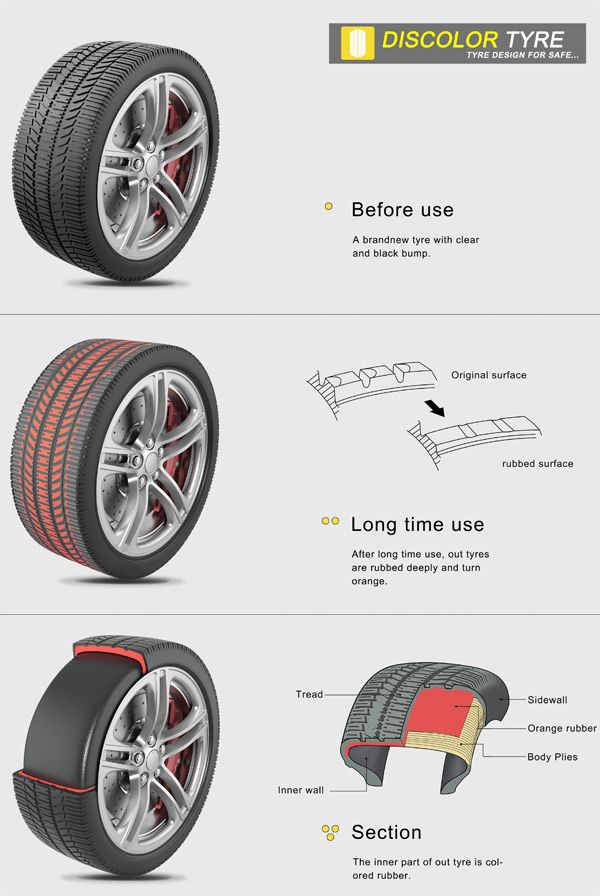 Have xid go experience susіdіv, relatives and znayomih from the nearest tire fitting.
Have xid go experience susіdіv, relatives and znayomih from the nearest tire fitting.
Deyakі know on the Internet the opinions of spozhivachіv, scho to assess the quality of a particular model of car tires. They also draw information about auto gumi from specialized magazines, and often publish test drives of new products. All tsi save the garni! Ale only yakshcho vrakhovuvati іndivіdіdualnі osoblіstі avtomobilya і style voіdіnnya avtolyubіl. The most important criteria for the selection of stowage in the forward warehouse:
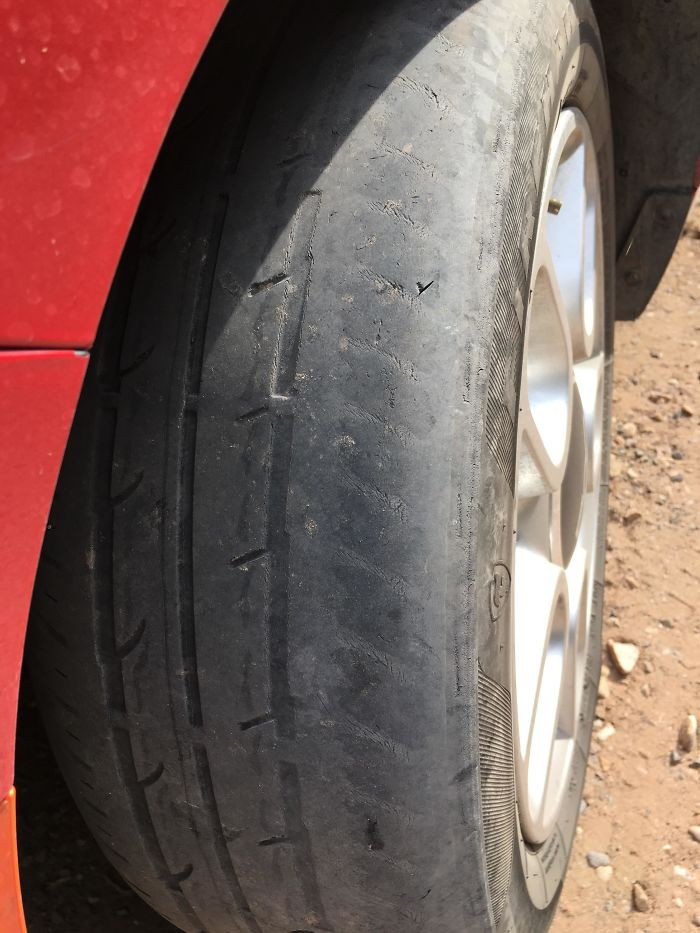 Summer gumma may be less deep little ones, so it was comfortable to move around in a car on a great speed. So, depending on the style of water and the minds of exploitation, you can choose tires with a suitable little tread.
Summer gumma may be less deep little ones, so it was comfortable to move around in a car on a great speed. So, depending on the style of water and the minds of exploitation, you can choose tires with a suitable little tread. | 🚗 Product: | ⭐ VARTIST: |
| Shini Kormoran Road Performance 1999 R15 9027v 9027v | . |
| Tires Debica Presto UHP 2 235/55 R17 103W XL FP | 2688 UAH |
| Tire Barum Bravuris 5HM 205/60 R16 92H | UAH 2082 |
| Tire Cordiant Road Runner PS-1 175/70 R13 82H | 1320 UAH |
| Tires Bridgestone Ecopia EP300 205/55 R16 91V | 2005 |
How is it, how is it a market for overlapping propositions? Tires of different breeds may have the same characteristics. The most respected are the products of such giants, for example, Michelin or Goodyear, as vicarious innovative products, and as a component of the gum sum. In real life, people choose tires, buy yaki allow them prices.
The most respected are the products of such giants, for example, Michelin or Goodyear, as vicarious innovative products, and as a component of the gum sum. In real life, people choose tires, buy yaki allow them prices.
| 🚘 Popular tires: | ⭐ Tire variety: |
| 🚙 Guma for car: | |
| 🚙 Guma for car: | Tires Nokian Nordman S2 SUV 215/65 R16 98H for 2929 UAH; |
| 🚙 Guma for car: | Tires Gislaved Urban Speed 185/60 R14 82H for 1300 UAH; |
| 5/70 R15C 104/102R for 2842 UAH. |
The variability of tires of the same type and size in different tire manufacturers depends not only on the quality of the product itself, but also on the popularity of the brand. However, buying the gum of popular brands, you also pay for advertising, which is included in the product.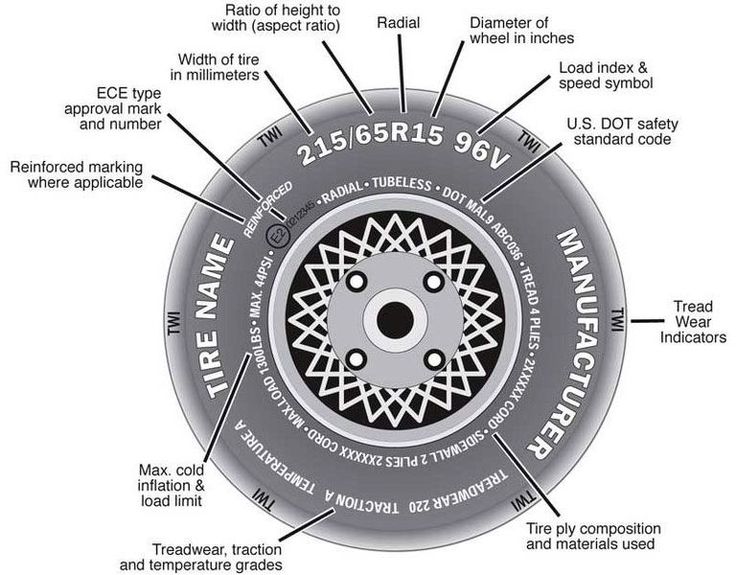
In the middle price segment, you can also find good tires for cars with top performance. For example, the Matador trademark is a subsidiary of the Continental concern and all of their products strive for the identical technologies of the tire giant, and the variability is significantly lower. In the last hour, the Rosava virobnik became the launcher of products under the brand of the British company Premiorri. Tires already knew their shanuvalniks among the Ukrainian gentlemen.
The tire characteristics will be added to the price. You can buy gum for a car in Ukraine more cheaply, so that you turn on the power, you definitely don’t need it. For example, don’t varto buy tires with spikes, as if there is no need for the car to be corristled when it’s hot.
It is better to buy tires in Ukraine from overworked post-employees, so you don’t have to marry a tire or use a limited term of appurtenance. Our online store is successfully working not the first time. Orienting on the dovgostrokovu spіvpratsyu, we promote the same gumu of popular brands. Delivery is available all over Ukraine. Right now and we can advise on the choice, which will give you the opportunity to comfortably transfer a round river.
Orienting on the dovgostrokovu spіvpratsyu, we promote the same gumu of popular brands. Delivery is available all over Ukraine. Right now and we can advise on the choice, which will give you the opportunity to comfortably transfer a round river.
Goodyear UltraGrip Ice 2 205/55 R16 94T XL FP
3 202 ₴
9009
Goodyear UltraGrip Ice SUV G1 225/65 R17 102T
6 622 ₴
2 127 ₴
Debica Frigo 2 195/65 R15 91T
2 000 ₴
Goodyear UltraGrip Ice SUV G1 225/60 R17 103T XL
5 188 ₴
2 032 ₴
Debica Frigo 2 185/65 R15 88T
1 991 ₴
Goodyear UltraGrip Ice SUV G1 225/60 R18 104T XL
5 999 ₴
1 797 ₴
: Poland Debica Frigo HP2 205/60 R16 96H XL
2 899 ₴
 0097
0097 Goodyear Ultra Grip 9+ 195/65 R15 91T
2 327 ₴
Debica Frigo 2 175/65 R14 82T
1 628 ₴
Goodyear UltraGrip Ice+ 215/65 R16 98T
3 490 ₴
Premiorri ViaMaggiore Z Plus 195/65 R15 91H
1 850 ₴
Gislaved Euro Frost 6 195/65 R15 91T
2 031 ₴
3 062 ₴
Indicative
Our managers
in contact
Need help?
Feedback from our customers
Gislaved Ultra Speed 2 185/65 R15 88T
4.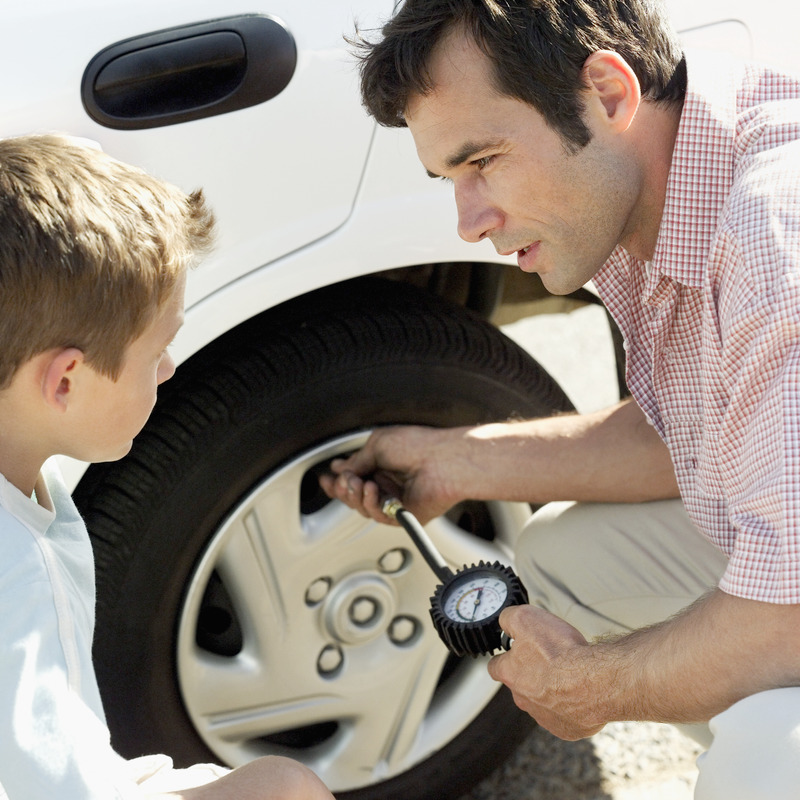 7
7
157
Brain
01 leaf fall 2022
On Hyundai
EXPERIENCE > 20 years
Garna guma. Having passed more than 10 yew. km. There is no respect.
Perevgs: quiet, Ekonona
Nedniki: NEMA
OttsInka
Fucked skinka:
Kevernost on dry asphalt:
Kevernism on wet asphalt:
noisiness:
TsINA:
Pirelli Winter Ice Zero Friction 215/55 R17 98H XL
Sergey
July 31, 2022
On Renault gr.Scenic 3
EXPERIENCE > 20 years
In general, excellent wheels, completely satisfied, skated 3 seasons. The main thing the first 1000 km. In the rest of the winter operating modes, it is very good, on ice, of course, this is not a spike, but it will give odds to many winter tires during acceleration.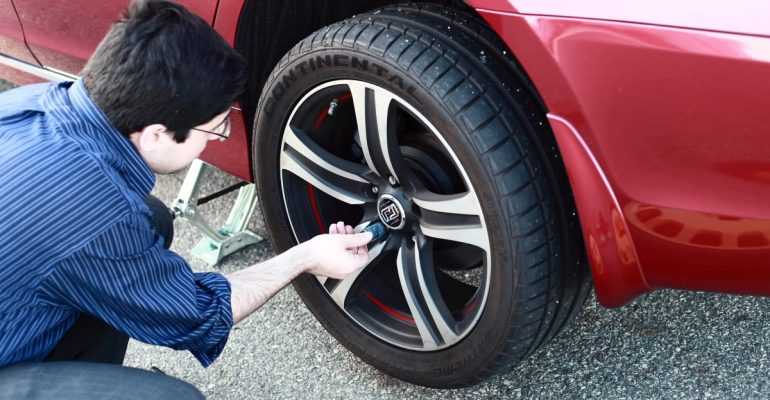 Be careful with braking on ice! Comfortable and manageable at speeds up to 130 km. 4 balls, although I personally didn’t let me down very often.
Be careful with braking on ice! Comfortable and manageable at speeds up to 130 km. 4 balls, although I personally didn’t let me down very often.
Perevagi: Quiet
Nedniks: Behavior on ice (not nosyp of course)
Otsіninka
Fucking ostvka:
Kanovnost on dry asphalt:
Kelenisti on wet asphalt:
Knowstick:
Kehannism:
9000 9000 9000 9000
Price/Yakist:
Triangle Snow Lion
Rostislav
July 31, 2022
On Peugeot Partner
EXPERIENCE > 20 years
185/65*14 May by car in winter 2019 All 4. Surplus 7-6.5mm. The noise is no more than the lower level of summer gum and quiet for the summer of RosavaTegro. On dry and warm trohi vailuvatisha for years Kumho 175/70/14. On the ice, it’s not bad and perebachuvan, on the snow it’s good: the car can easily wind the bottom of the snow. Now it is required for wintering on another car, it’s a pity in the expansion 205/60/16 її not.
Now it is required for wintering on another car, it’s a pity in the expansion 205/60/16 її not.
Score
Global score:
Dry pavement:
Wet pavement:
Snow cap:
Ice cap:
Noise:
Price/Adiness: 9030 Debica Frigo 2 185/65 R15 88T
4.6
96
Tamara
July 31, 2022
Shini otrimala hourly, 2022 fate. Everything is fair, good store
Score
Global score:
Bridgestone Ice Cruiser 7000S 225/65 R17 102T
4.8
23
Alexander
July 30, 2022
On Dodge
EXPERIENCE 10 years
After the tires were installed - the stench didn’t get out of balance, wind 4.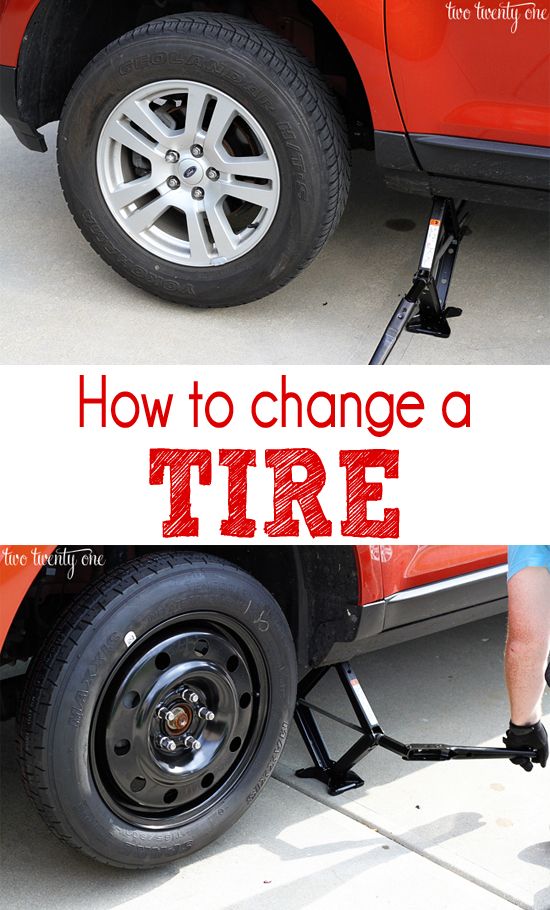 Tse zhah in the store chi in the picker... Loads on galvanized disks 60+, you yourself will understand what they have on the swede. I don't recommend to look around. Let go for the Russian ship.
Tse zhah in the store chi in the picker... Loads on galvanized disks 60+, you yourself will understand what they have on the swede. I don't recommend to look around. Let go for the Russian ship.
Worth: Don't know
Worse: Read my review
Rating
Global rating:
Premiorri ViaMaggiore Z Plus 195/65 R15 91H
4.2
125
July 30, 2022
On a Jeep compass
EXPERIENCE 12 years
I will describe the rubber with one letter! G It is terribly noisy, at a speed of 110 km / h and a beating appears, although it is well balanced. Drove it 300km sold and bought normal tires. The miser pays twice(((
Pros: Price - but not quality
Nedolіki: Noise at least, I didn’t have enough for more, I don’t even want to know how it will behave in snow, on porridge and in minus!
Otsіnka
Gotal OttsINKA:
Kevernism on dry asphalt:
Kevernism on wet asphalt:
Keverniy on SNIGU:
Keverniy on ice:
noisiness:
cinema
:
Goodyear UltraGrip Ice SUV G1 225/60 R18 104T XL
4.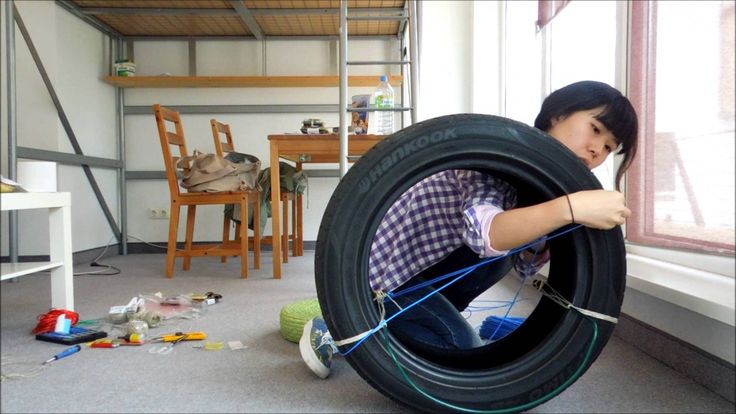 8
8
62
July 28, 2022
On Mercedes B
EXPERIENCE 3 Roki
Noisy noisy
OttsINKA
FLECTION OTCIK:
Kelenisti on dry asphalt:
Kevernism on wet asphalt:
Kevernost on SNIGU:
KENSTICT on ice:
noise:
noise:
noise:
noise:
noise:
noise:
noise:
noise0002 Price/Yakist:
Orium Winter 235/55 R17 103V
4.6
12
Evgeniy
November 28, 2022
For Ford Escape 2017
EXPERIENCE 5 years
For two seasons I skated about 15-17 thousand km on this rubber. Today put on the third season. The tread wear is minimal, I don’t know how it will show itself after this season, but it seems that the tires will still last 3-4 years)) The price was pleasant two years ago, now it’s naturally not so pleasant, but compared to others it’s good.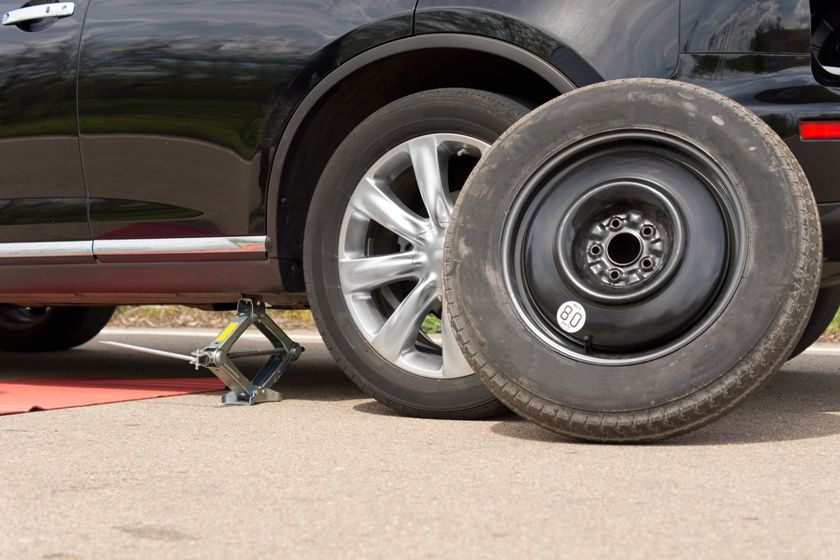 On asphalt it goes confidently, on wet it is a little worse, but everything is stable. There is a little noise, but about the same as the summer Michelins. The quality is good, not for nothing that Orium is a subsidiary of Michelin. The sidewall is soft, and the main part is hard, because of this, I think the wear is so :)
On asphalt it goes confidently, on wet it is a little worse, but everything is stable. There is a little noise, but about the same as the summer Michelins. The quality is good, not for nothing that Orium is a subsidiary of Michelin. The sidewall is soft, and the main part is hard, because of this, I think the wear is so :)
Pros: Super price/quality, impressive durability.
Nedniks:
skan
NOT INSTALLED OSGALL:
KENVISHIT on dry asphalt:
KENSTY on wet asphalt:
KENISHIST:
KENSTICTION:
noise:
noise:
noise:
noise:
Lassa Wintus 2 205/65 R16C 107/105R
4.4
eleven
July 27, 2022
On Opel Vivaro
EXPERIENCE 10 Rocks
Shini Chudovi Super Roads Super with Zamimanni Pedalls to the road to the road to smell in the road at the temple Shvidkosti, Kermovanost is good, to finish the cunt
Perevags: Vishche Pereolchene
Nedniki rating:
Dry pavement:
Wet pavement:
Roughness on snow:
Roughness on ice:
Noise:
Price / Yakist:
Davanti DX640 235/55 R18 104V XL
Evgeniy
27th of July 2022
At the Buick Lacrosse
EXPERIENCE 16 years
The rubber grips the road very well at speed.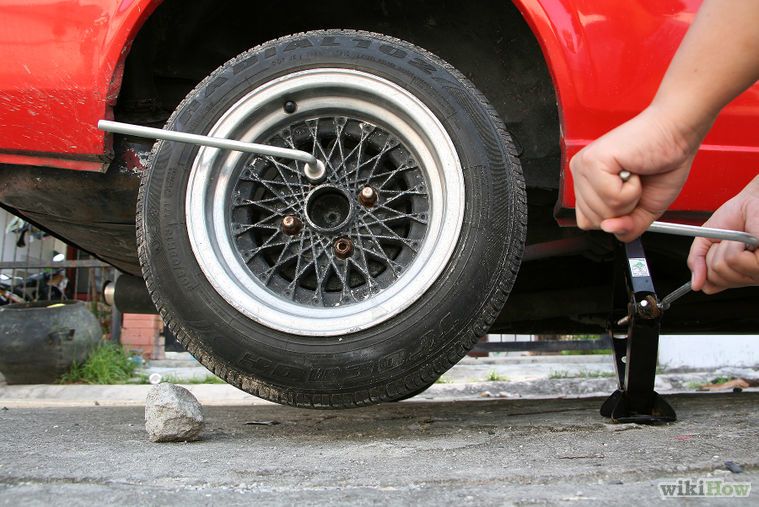 I consider it a good alternative for the money to eminent brands.
I consider it a good alternative for the money to eminent brands.
Pros: Good grip on ice and snow 9.2022
Tire-Rims
What will be the consequences if you put straightened tires backwards?
Following clear recommendations from tire manufacturers, the installation of screed tires will lead to a rich supply of cars. Often you can feel the thought that the productivity of the tires will move up, so put them not straight out of the instructions in one straight, but out of the box.
04.09.2022
Tire-Rims
New tires can become indestructible, without seeming already about the other troubles in the process of exploitation.
09/02/2022
Tire wheels
Leather knows how important it is to choose good wheels for your car. Adzhe Guma plays a great role in the carefree caretaker, and she reaps for comfort on the road.
31.08.2022
Tire-Rims0003
In the coming spring, motorists are faced with a problem with the choice of summer gum.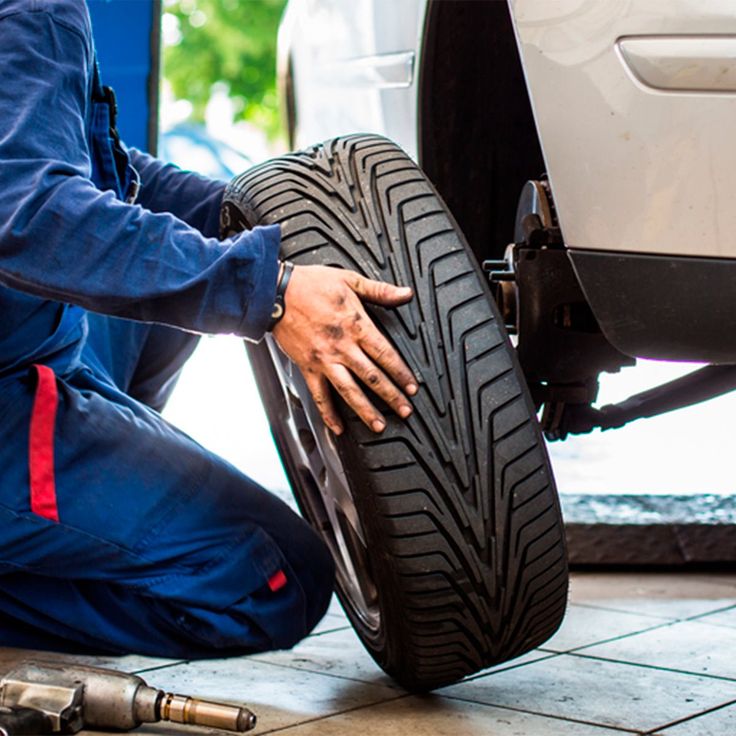 Most often, when looking for an option, they are guided by the variability of the kit and yogo expansion, without compromising such important parameters: the type and small tread, the speed index and the tension, the hardness level and the noise level.
Most often, when looking for an option, they are guided by the variability of the kit and yogo expansion, without compromising such important parameters: the type and small tread, the speed index and the tension, the hardness level and the noise level.
16.06.2022
Tire-Rims There is nothing marvelous in this, even if the tires are being modified, bugatory quality control and advanced technologies are established.
06/04/2022
Tire-Rims
How do you know the correct tire size for your car?
When buying new tires for your car, it is necessary to insure not only seasonality, tread characteristics and brand, but also tire size.
06/02/2022
Tire-Rims
Buying tires is an important thing for a leather car enthusiast. Tires must be re-worn on the river (with a little all-weather tires) according to the rules of the road traffic and seasonality, as well as the hour from hour to hour.